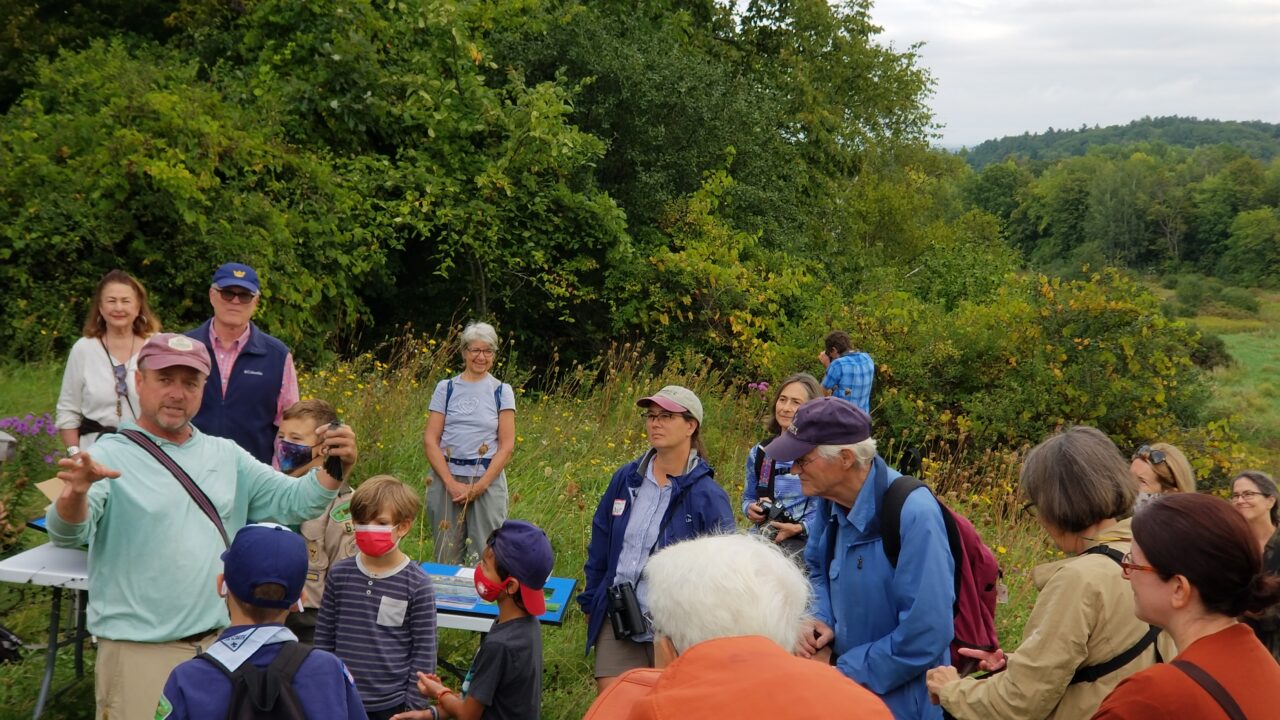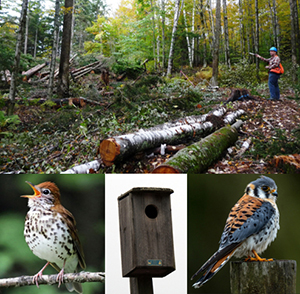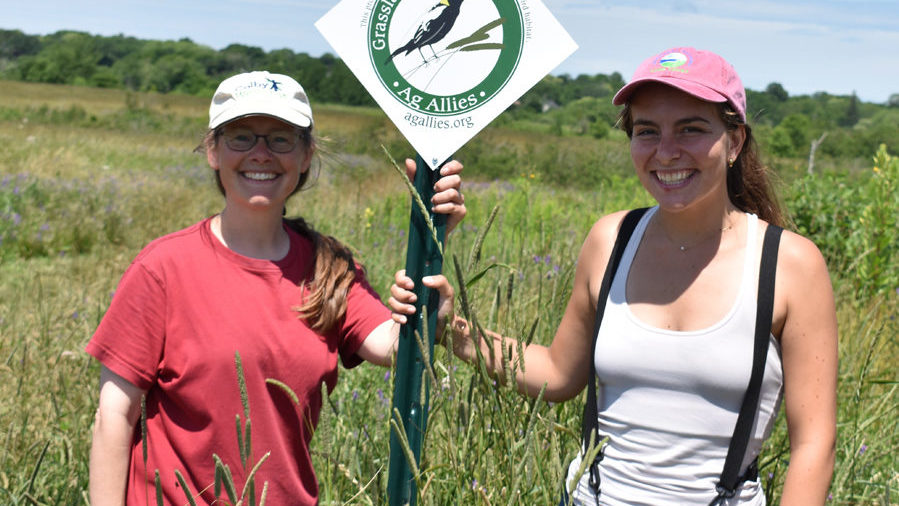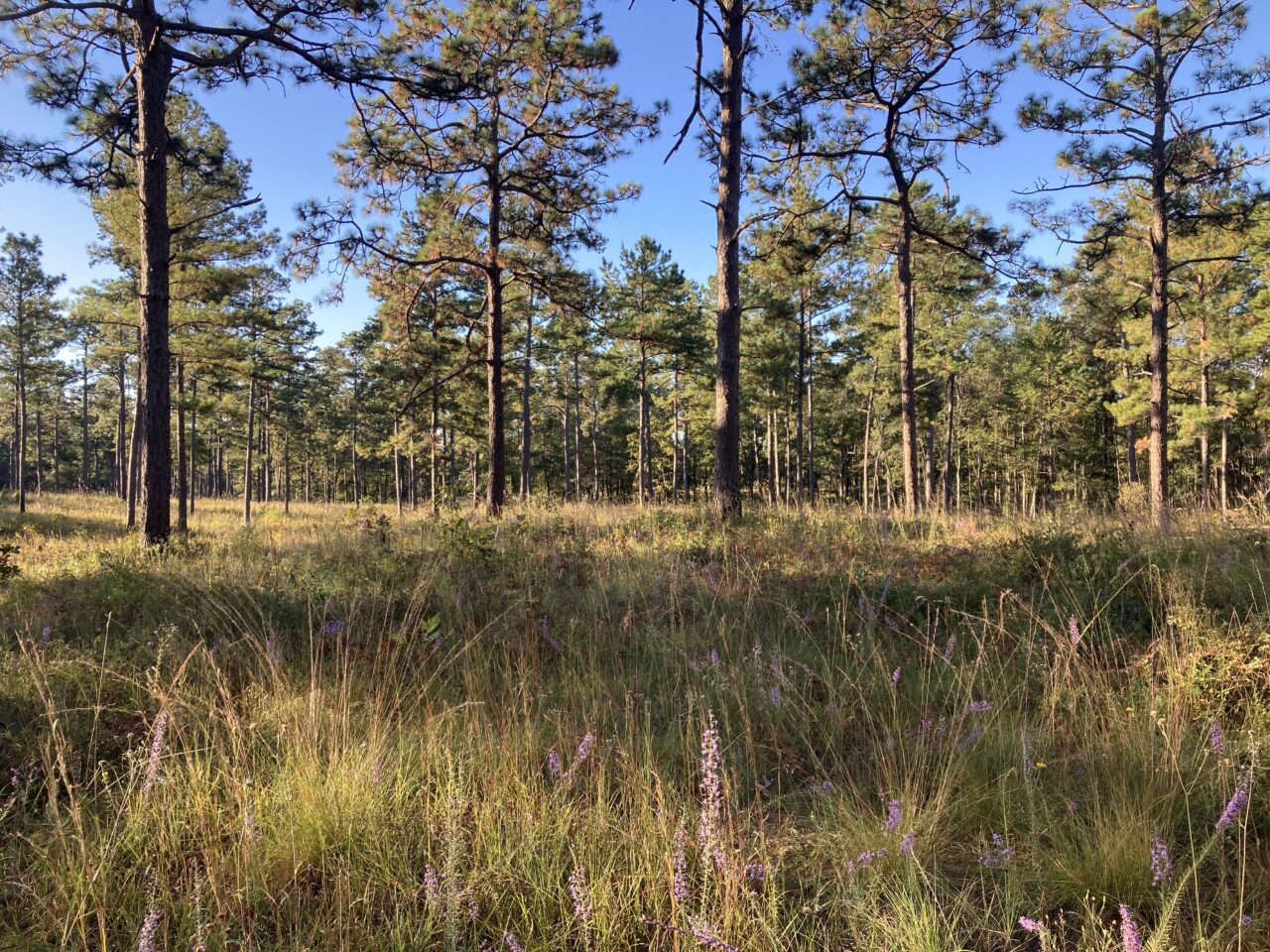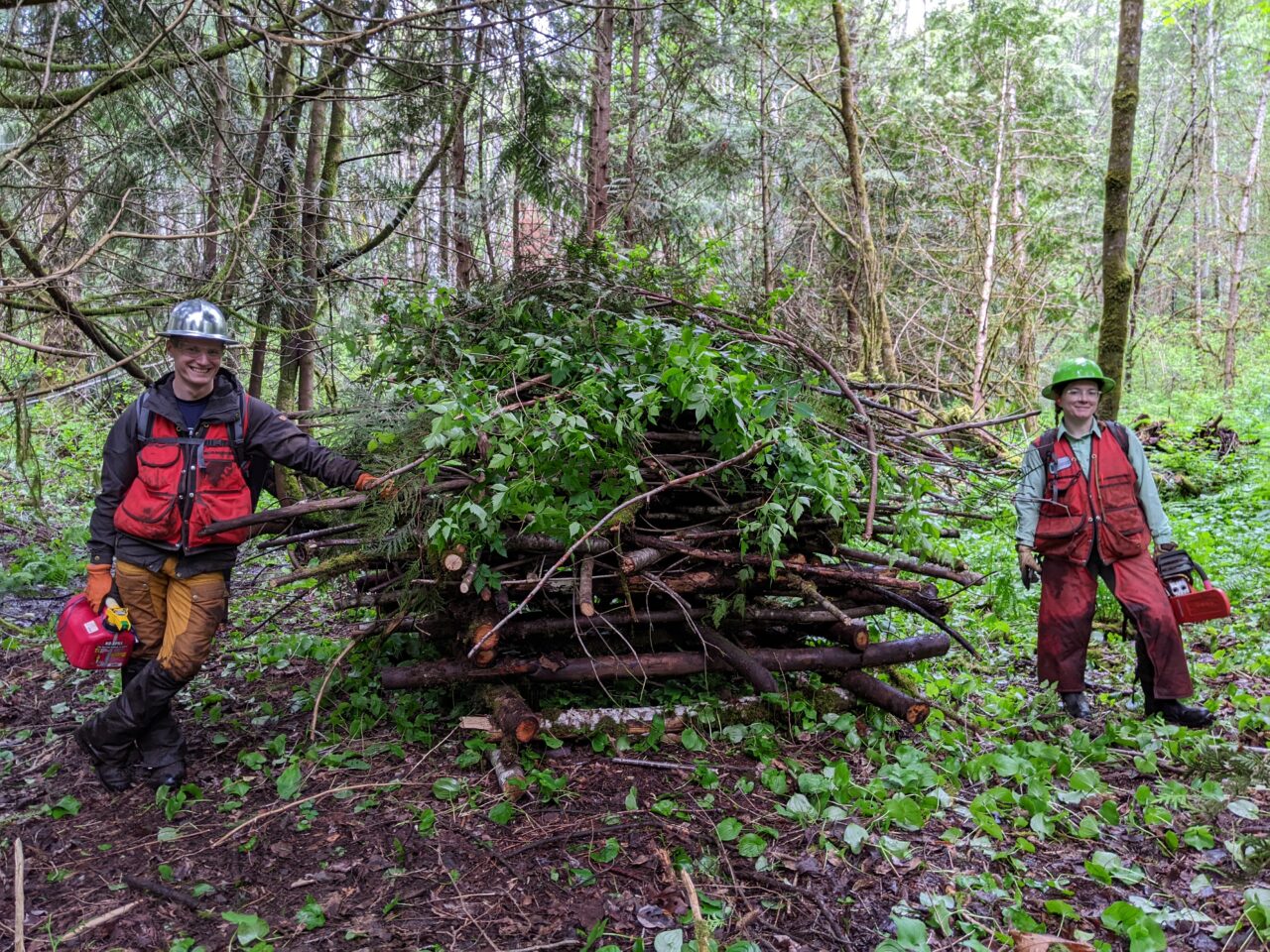Western Vermont Collaborative
The Western Vermont Golden-chain Collaborative (WVC) is a partnership between the Cornell Lab of Ornithology, Vermont Land Trust (VLT), Middlebury Area Land Trust (MALT), Charlotte Land Trust, Hinesburg Land Trust, Hinesburg Conservation Commission, The Nature Conservancy (TNC), the Champlain Valley Regional Conservation Partnership (RCP), the Mid–Champlain RCP and Audubon Vermont. Driven by the geospatial and management work of Audubon Vermont, the partnership connects land trusts, RCPs, and bird conservation organizations to collaborate on habitat restoration projects that prioritize at-risk bird species, like the Golden-winged Warbler.
WVC unites the region’s land trusts and RCPs under a common goal of increasing connectivity between protected lands critical to Golden-winged Warblers. Further, the partnership helps land trusts access new grant funds and creates opportunities for landowner engagement to protect birds on their land. In 2020, VLT received a Cornell Land Trust Grant to enhance Golden-winged Warbler habitat at a 400-acre property in Charlotte. In Middlebury, Audubon Vermont works with MALT to manage protected properties that support Golden-winged Warblers, including Wright Park. In southern Vermont, TNC actively manages two of its preserves for Golden-winged Warblers and other shrubland obligates.
Most recently, Audubon Vermont is assisting two newly formed RCPs, the Champlain Valley RCP and Mid-Champlain Valley RCP. With funding from the National Fish and Wildlife Foundation, plantings on three properties were undertaken in 2022. These plantings are the first step in transitioning fallow agriculture land into the shrub habitat structure that Golden-winged Warblers prefer.
The WVC will continue to strengthen relationships between local land trusts and RCPs to connect bird conservation efforts in the region. This will allow land trusts to take a regional perspective when prioritizing new land parcels for protection as well as undertake management actions on lands currently under easement.
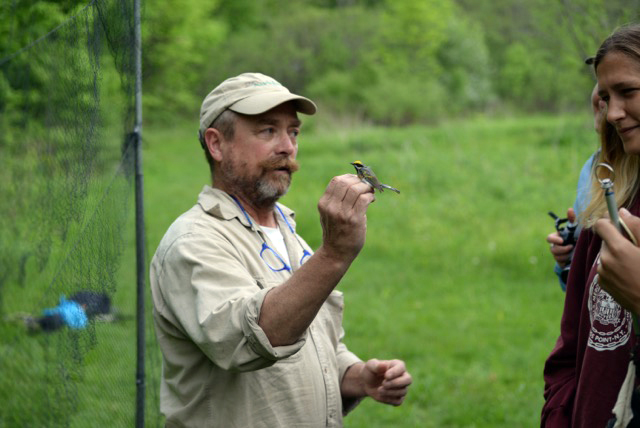
The Golden-winged Warbler
In Vermont, the Golden-winged Warbler is a flagship species representing young forest and shrubland habitats and the many associated wildlife species. Vermont comprises the northeastern most part of the Golden-winged Warbler’s range, thus the state is a key part of plans to stabilize the declining populations. Land trusts are important to this mission as a large portion of Golden-winged Warbler habitat in Vermont is in people’s backyards. Therefore, the WVC assists conservation efforts on private lands through education, outreach, and management when working with local land trusts.
Collaboration for Bird Conservation
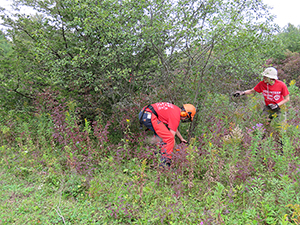
The WVC’s main objectives are to:
- Prioritize, map, and identify areas in western Vermont that are important for the Golden-winged Warbler and associated young forest species through a series of mapping exercises that identify the area and distribution of young forest in western Vermont, the number and area of parcels that are best suited to support young forest bird species, the highest priority parcels for protection, and parcels that could be enhanced through management;
- Build and implement workshops, events, and an outreach strategy with private landowners and land trust partners who can help to disseminate key messages, build capacity, and engage the public;
- Conduct habitat assessments associated with the Natural Resources Conservation Services Young Forest Regional Conservation Partnership Program and USFWS Partners Program;
- Develop and implement conservation strategies and management actions with flexible options on land trust lands to maintain and improve habitat, and inform landowners of incentive programs that will help achieve management goals.
Golden-winged Warbler Information
More information on Golden-winged Warbler Working Groups, the Golden-winged Warbler Status Review and Conservation Plan, regional Golden-winged Warbler BMPs, and habitat guides can be found on the working group site and through the Cornell Lab of Ornithology’s conservation strategy.
Other Collaboratives:
Sign up to receive our eNews and stay connected
The Land Trust Bird Conservation Initiative will send you updates about funding opportunities and ways to work with partners to protect birds and further your land conservation goals. We’ll highlight resources to assist with bird conservation on private lands, showcase tools and data visualizations to assist with planning and stewardship, and share success stories from the field.

